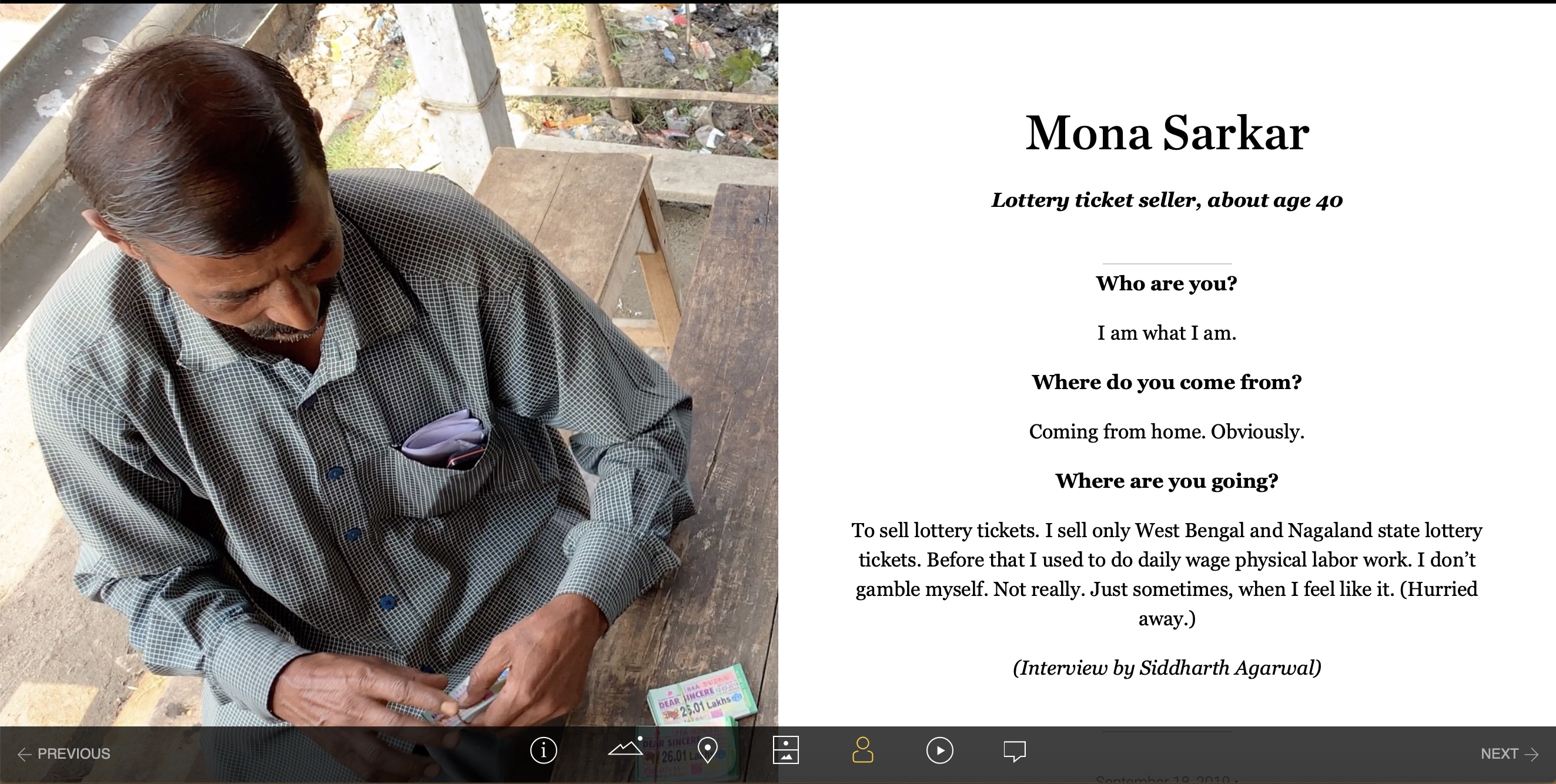21,000 miles. Many would see this number and think of the miles that are put on a car in two years. Some would see it and think of the distance it takes to circumnavigate the globe. But for Paul Salopek, it is the distance he plans to walk as he comes out of Africa and into the new world. On his journey, Paul presents the world as no one has seen it before. Here, from the eyes of the everyday person living in this world, Paul shows the humanity that is sometimes forgotten.
While all of Paul’s journey compelled me to go out and experience the world and true human connection, one that stuck with me the most is Chapter 2: Holy Lands. While I am not a deeply religious person, the Holy Lands are something I feel that almost every human knows about or has heard. A story from the excerpt tells how Paul is naïve. It shows his human side, it shows how different things are compared to what he knows. Paul details the encounter he has with a camel rancher. After a few days of negotiation, and with the help of a few friends Paul is able to purchase the camels. To celebrate, he goes on a gyrocopter ride with a local pilot. The pilot and Paul begin talking, and quickly begin on the subject of the camels. The pilot points out to Paul that it is funny seeing a foreigner need camels like this, being as that camels are so different and really not a mode of transport Paul would be accustomed to. Pointing out that Paul and the locals have almost no connection. While Paul thinks this, he remembers an old science lesson. He learned that camels are actually animals that are from North America, that migrated 40 million years ago to the Middle East. In his head, Paul thinks of just how connected Paul is to these animals, his home in North America, and to the pilot who seems to think otherwise. By the end of the conversation and plane ride with the local pilot, he is asked what he will name the camels. He chooses Fares, and Seema. The names of the women who helped Paul acquire the camels in the first place.


In Chapter “Autumn Wars” Paul is met with many challenges. One of the most interesting is comes from the story “No Reply”, where Paul has an intimate experience in what it is like to be a refugee. I cannot think of anything more powerful than to view this world through their eyes. The struggle everyday to just be treated decently, while the whole world watches you suffer. Paul paints images of refugee women and children sitting around malnourished in front of schools. Paul talks about the struggles homeless Syrians face. But more remarkable than all of this, is the 100,000 refugees who crossed int Turkey from Syria during the time Paul was there. In the most intimate fashion, Paul describes the experience of a man who he seems to befriend name Ismail. Ismail and his family are camping out in an abandoned grocery store. Ismail calls and calls and calls his brother, who had been taken captive in a stand Ismail had organized against their oppressors. After a final call, with no reply, Ismail gives up and says “Whats the use?”. This gut wrenching story seen through Paul’s eyes makes me grateful for the country I live in, but at the same time it inspires me to make the most of what I have and give back in every opportunity I can.
https://www.nationalgeographic.org/projects/out-of-eden-walk/articles/2014-09-no-reply


During Milestone 69, I play the ambient sound on Paul’s journey. I hear a busy market. I hear people bustling. I hear walking and people talking. During his time in Bengal, Paul has a powerful encounter. Mona Sharkar is a lottery ticket salesman. His age is unknown. Yes, his age is unknown. How would I feel if I was “about 25″… It makes me really question our existence, and our way of life, when compared to other cultures and customs. When asked Who he is, Mona replies “I am who I am.” Paul says he hit the “jackpot” by hiding under the shade of a market, and finding some cool drinks. How much have we taken for granted, where some are praying for a cool drink or some shade. Paul’s experience really puts things into perspective on so many levels.

As I scroll through Paul’s journey online, I am left with a sense of existential crisis. Am I doing everything I can to be a globally connected person? Am I really experiencing everything this world has to offer? When faced with these types of questions, it sometimes feels best to just put the thoughts out of your head, and focus on what is in front of you. However, Paul’s odyssey leaves me wondering how much of this world I have yet to explore. More importantly, it highlights just how connected people are to each other, even if they are unaware of their crossing paths.
Thanks for reading by blog post! If you would like more insight into science, education, or technology please follow me on twitter: @Treen9765724